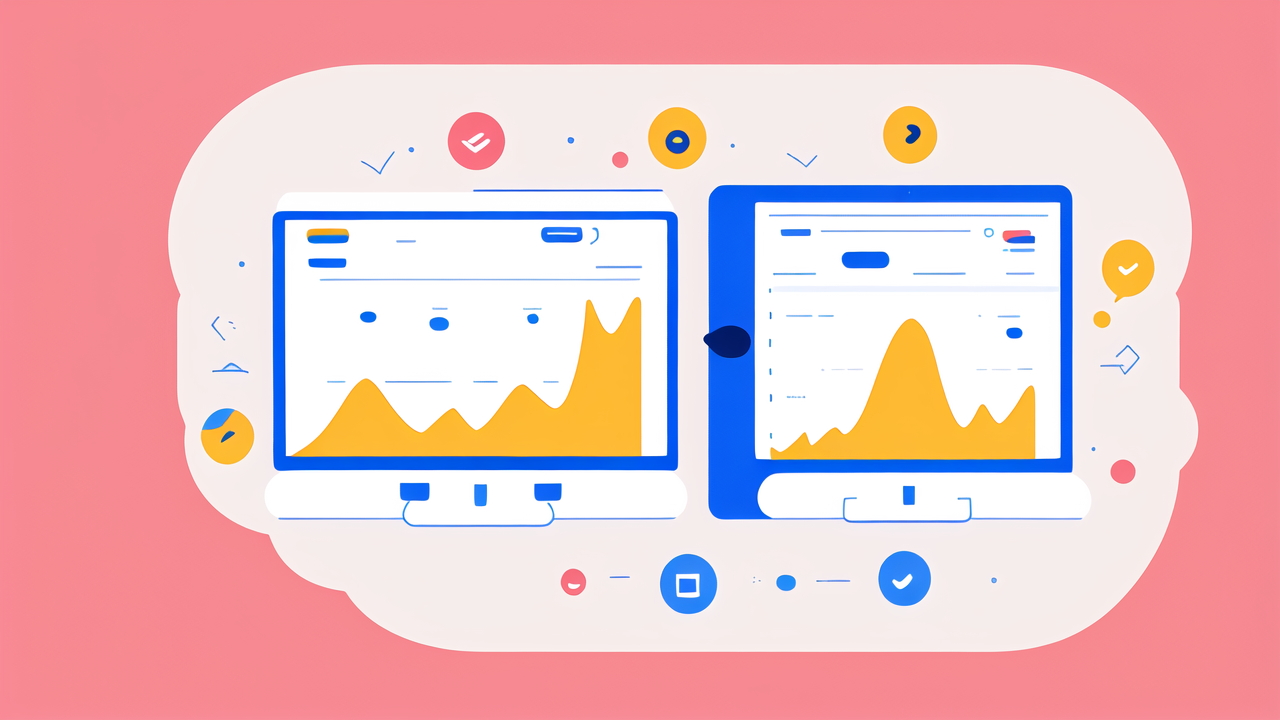Understanding the Evolution of Activity Tracking Devices
The Advent of Smart Wearables
Smart wearables have revolutionized how we monitor our health and fitness. These devices, like fitness bands and smartwatches, track our daily activities. They count steps, measure heart rate, and monitor sleep patterns. The journey began with simple pedometers. Now, we have advanced gadgets that sync with our smartphones. They provide real-time data and insights about our health. This evolution has made fitness tracking more accessible and user-friendly. People of all ages can now easily monitor their physical activity and set health goals.

Innovation in Fitness Monitoring
The fitness industry has seen rapid innovation in recent years. Activity trackers now offer features beyond basic step counting. They can measure calories burned, distance traveled, and even oxygen levels in the blood. Some devices can detect stress levels and suggest relaxation techniques. Others can track specific workouts like swimming or cycling. GPS-enabled trackers help runners and cyclists map their routes. The latest models can even detect falls and send alerts in emergencies. These innovations have made fitness monitoring more comprehensive and personalized.
The Role of AI and Machine Learning
Artificial Intelligence (AI) and Machine Learning (ML) are changing the game in fitness tracking. These technologies analyze data from wearables to provide smarter insights. AI can learn your habits and offer personalized fitness advice. It can predict potential health issues based on your activity patterns. ML algorithms can identify unusual heart rhythms or sleep disturbances. They can suggest when to rest or when to push harder in workouts. AI-powered virtual coaches can guide users through exercises with real-time feedback. This integration of AI and ML makes wearables more than just trackers. They become intelligent fitness companions.
Integrating Smart Clothing into the Health Ecosystem
Enhancing User Engagement through Fashionable Technology
Smart clothing is the next frontier in wearable technology. These garments combine style with functionality. They look like regular clothes but have sensors woven into the fabric. This makes fitness tracking more seamless and comfortable. Smart shirts can monitor heart rate and breathing patterns. Smart socks can analyze running form and prevent injuries. Fashion-forward designs encourage people to wear these devices more often. This leads to more consistent health monitoring. The blend of fashion and technology appeals to a wider range of users. It makes fitness tracking a natural part of daily life.

The Impact of Wearable Clothing on Fitness Goals
Wearable clothing is changing how people approach their fitness goals. These smart garments provide more accurate and detailed data than wrist-worn devices. They can measure muscle activity and form during exercises. This helps users improve their workout techniques. Smart clothing can detect fatigue and suggest when to take breaks. It can also monitor posture and alert users to correct their form. This real-time feedback helps prevent injuries and enhances performance. Users can set more precise fitness goals based on the comprehensive data collected. Smart clothing motivates people to stay active and reach their health targets.
Interoperability with Other Health Devices
Smart clothing and wearables are becoming part of a larger health ecosystem. They can communicate with other devices and apps. This creates a more holistic view of a person's health. For example, smart shirts can sync data with fitness apps on smartphones. They can share information with smart scales or blood pressure monitors. This integration allows for better tracking of overall health trends. Doctors can use this data to make more informed decisions about patient care. The interoperability of these devices makes health management more efficient and effective.
Regulatory and Market Trends in the United States
Navigating Health Regulations for Wearables
The growth of wearable technology has caught the attention of regulators. In the US, the FDA oversees health-related devices. They ensure these products are safe and effective. Wearables that make health claims must meet certain standards. This includes accuracy in data collection and privacy protection. Companies must balance innovation with compliance. They need to prove their devices can reliably measure health metrics. The regulatory landscape is evolving to keep up with new technologies. This ensures consumer safety while fostering innovation in the wearables market.

The Growing Market for Activity Trackers
The market for activity trackers in the US is booming. More people are investing in their health and fitness. This has led to increased demand for wearable devices. The market includes a range of products, from basic fitness bands to advanced smartwatches. Competition is fierce, with both established brands and startups entering the space. This competition drives innovation and lowers prices. It makes activity trackers more accessible to a broader audience. The market is expected to grow further as technology improves and health awareness increases.
Consumer Expectations and Demand for Advanced Features
Consumers today expect more from their fitness wearables. They want devices that do more than just count steps. There's a growing demand for features like stress monitoring and sleep analysis. Users look for longer battery life and water resistance in their devices. There's also interest in wearables that can detect early signs of health issues. Privacy and data security are becoming major concerns for consumers. They want control over their health data and how it's used. The industry is responding with more advanced, secure, and user-friendly devices. This trend is shaping the future of wearable technology in fitness and health.




Leave a comment
This site is protected by hCaptcha and the hCaptcha Privacy Policy and Terms of Service apply.